Courtney Warren is a Texas-based interior designer whose work has been featured in Real Simple, Better Homes & Gardens, Good Housekeeping, Apartment Therapy, and Today.com. She is a frequent consultant on Fox 4 TV’s Good Day program in Dallas, was ranked in the top 3 percent of interior designers in the US by Houzz.com, and starred in the Dallas episode of TLC’sFour Houses. She delights in helping overwhelmed clients create beautiful spaces—and will never turn down a warm chocolate chip cookie or Diet Dr Pepper.
Shop the projects
My Go-To design accessories
Simple Steps to Mix Metals Like a Pro
Does the thought of mixing chrome and brass in one space make you feel kinda stressy? We’re here to soothe your design anxiety. Yes, you can mix metals in a space without it looking wonky. Mixing metals can soften a stark space and dress it up. Hardware is the jewelry of interior design, after all!
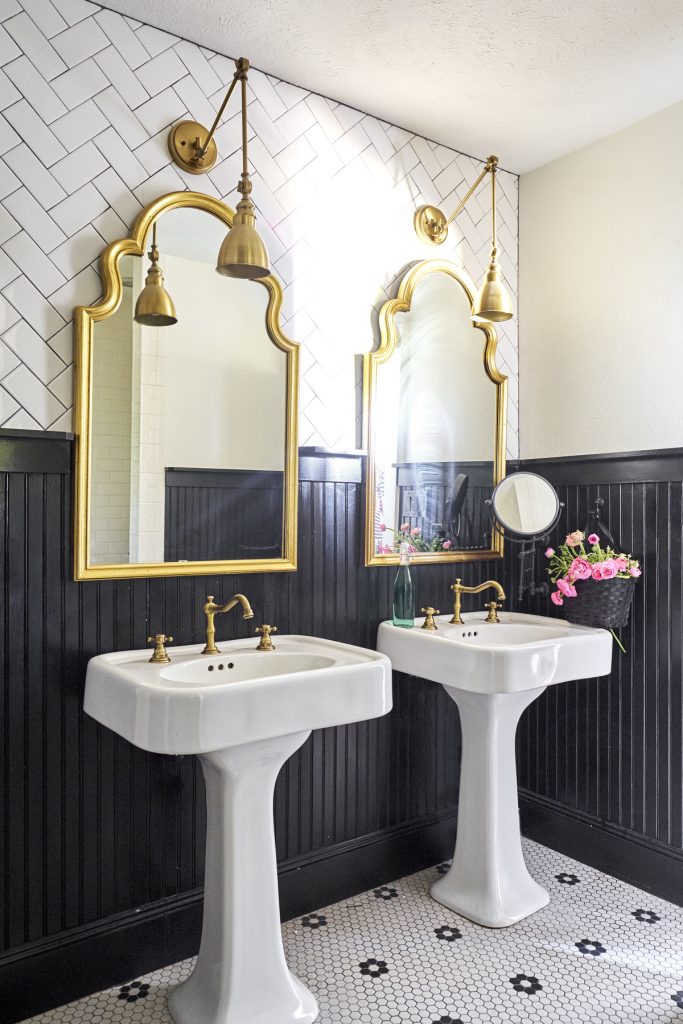
We also don’t see the magic behind being super matchy-matchy.
Hi, Satin nickel.
Hello, brass! How are ya?
Bronze sits in the corner, what about me? Where do I go?
So many metal combos to hound down! How can you pinpoint which ones look good together? We’re here to tell you all the good stuff about mixing metals.
To Mix Metals or Not
Let’s FIRST debunk that design rumor floating out there. Matching metals is not your ONLY option. That’s just outdated advice.
Mixing metals can:
-Add visual interest to your space.
-Brighten dull spaces.
-Create a cool, curated feel in new builds.
How to Mix Metals in Your Spaces
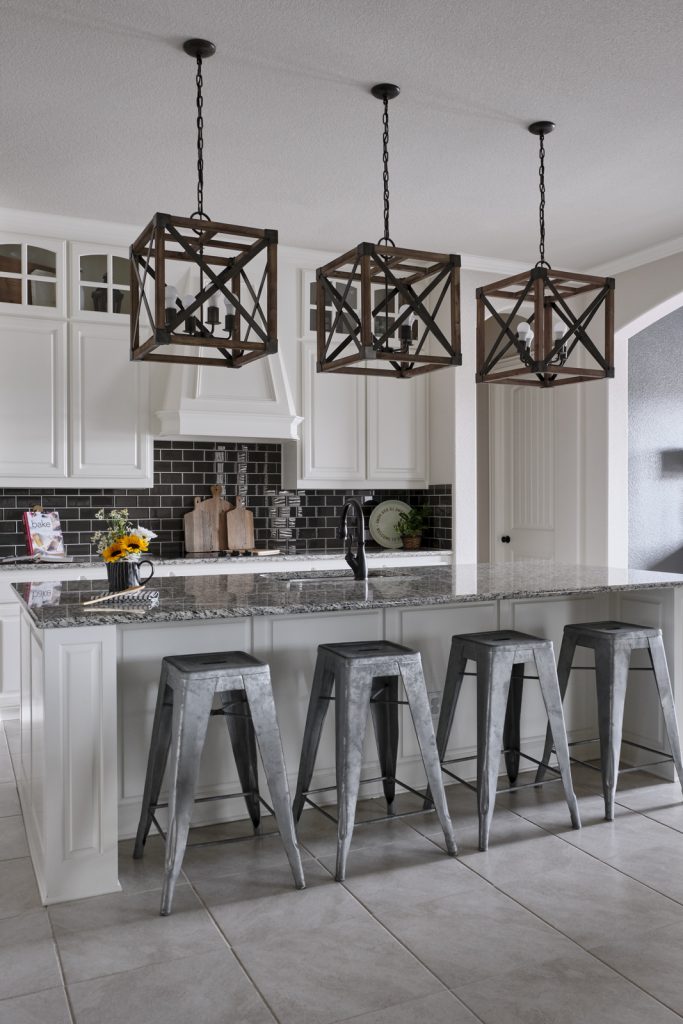
When you think about mixing metals in your space, keep a few things in mind:
⓵ Pick Colors You Actually Like.
You’re not designing for a home decor magazine photoshoot. You’re designing for REAL LIFE. Forget what you see trending on Instagram. If you hate brass, don’t use it.
You’ll just feel uncomfortable every time you walk into your spaces. SO, use metal colors you love.
By the way, there are 50+ metal shades out there, but the main ones are:
- Silver
- Gold
- Copper
- Black
- Bronze
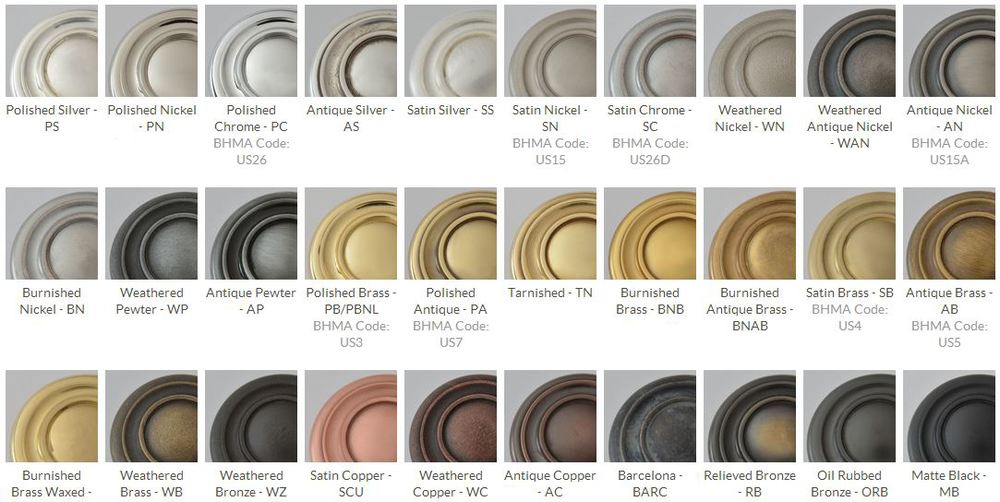
BYHYU
⓶ Use Inspo
If you go at it without a plan as you mix metals, your spaces will look erratic.
Instead, clip out a few inspo photos from magazines or create a Pinterest board.
Look at your wardrobe, too.
Which colors and jewelry do you see the most in your closet? What you love in fashion almost always makes a real hint in what you’ll like in interior design, too.
⓷ Pick a theme
Themes also prevent metallics from looking out of place. Another reason why using inspo is so important.
Some metal combos are standard choices in their corresponding theme. For example, farmhouse themes use matte black and iron finishes often.
While super modern looks almost always use cool metal shades like stainless steel, chrome, and nickel shades.
⓸ Don’t Overdose
Once you’ve got a theme, don’t go crazy.
2-3 Metals in one space is plenty. Any more than this will look random and out of place.
⓹ Think about contrast
If you’ve got a darker space, using lighter metals will stand out and capture attention. Think antique brass hardware paired with a dark navy kitchen island.
Or, if you’ve got lighter hues like a bright white bathroom, try a matte blackened bronze finish.
⓺ Knobs, pulls, and shapes
Also, don’t forget– there’s a difference between knobs and pulls.
Knobs need 1-2 fingers to open.
Pulls or handles need 3 or 4 fingers.
You can mix both or use one type.
The type of shape you use makes a style statement, too. Sleek, straight-lined hardware sparks modern vibes. Small, round knobs give off a traditional feel.
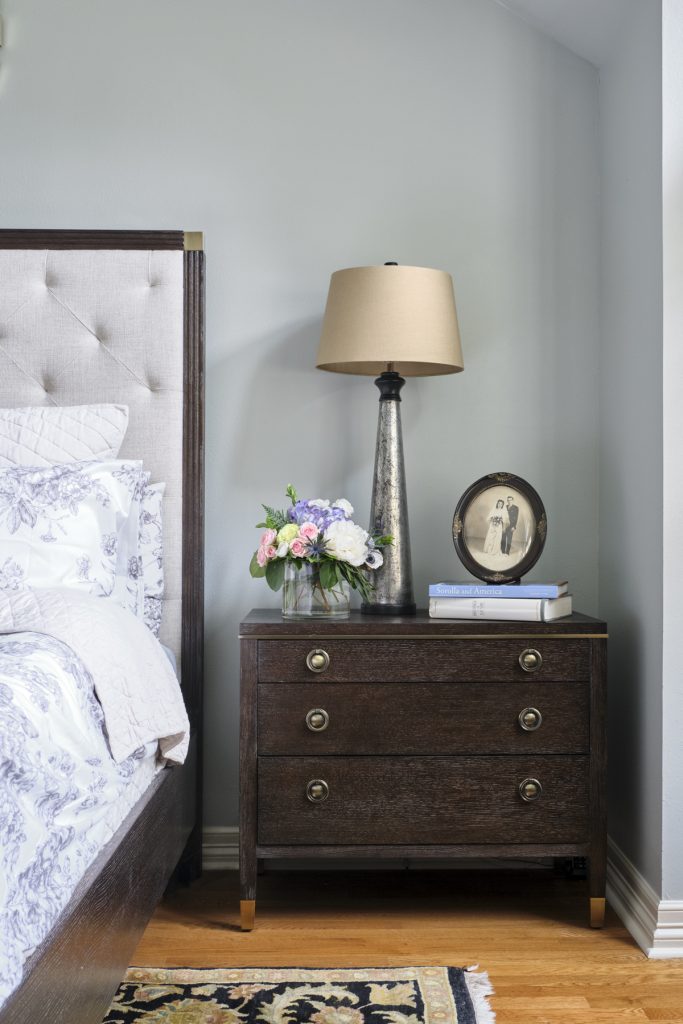
As you mix, Don’t Forget about the Big Picture.
Although, we can give you the gist of how to pick and mix metals, only you know how your home looks and feels.
Think about the big picture of your spaces, ESPECIALLY if you have an open space concept.
You want your spaces to look cohesive.
Consider:
- The style of your home.
- Your cabinetry texture, color, and material.
- Your doorknobs and light fixtures.
- Your lifestyle.
- Your budget (knobs can range from $2-$20 each!)
- Current appliances.
We mention lifestyle because some metals are more prone to staining and faster wear and tear.
Got a busy lifestyle? Rather not spend your Sundays cleaning and polishing hardware?
Brushed or matte finishes hide watermarks and fingerprints THE BEST. AND much better than shiny finishes. For durability, stainless steel is the most durable of all finishes (but also the most expensive).
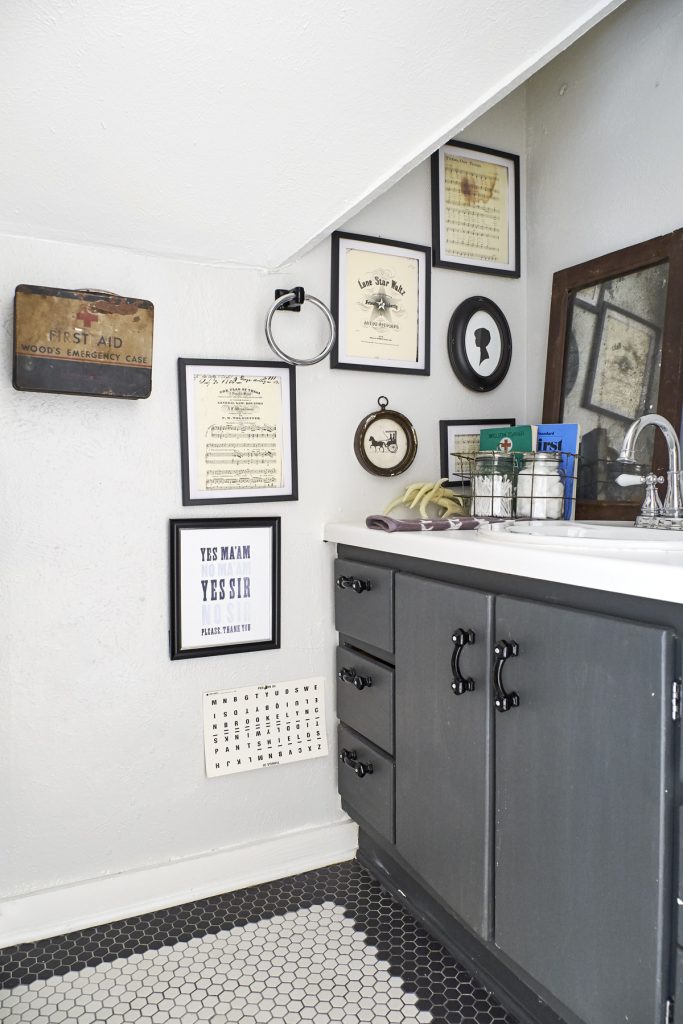
☆ Pro Tip 1
Not all metals are the same.
Poor quality silver hue finishes can peel and flake over time.
Look out for pure metal versus plated metal finishes.
Plated finishes = the outer coating of the metal is colored, so it will tarnish and discolor over time.
Example: Polished brass has a lacquer coating = no tarnishing + will show fingerprints.
Unlacquered brass will change with time and require polishing.
Chrome and bronze are corrosion resistant (great for coastal cribs with salty air). BUT, chrome also shows fingerprints like a champ.
☆ Pro Tip 2
Just because the metal color has the same name doesn’t mean it will look the same in-person.
If you shop from two different manufacturers/brands, chances are, each of their brass shades may be cooler or warmer than the other.
Always get samples whenever possible. AND hold up the shades right next to each other in the same light before placing a 30+ order.
☆ Pro Tip 3
Cabinet pulls are usually 1/3 the width of the drawer or cabinet. Size also depends on your cabinetry size and style. If you have oversized cabinetry, go for a larger option.
Size and scale matters, y’all!
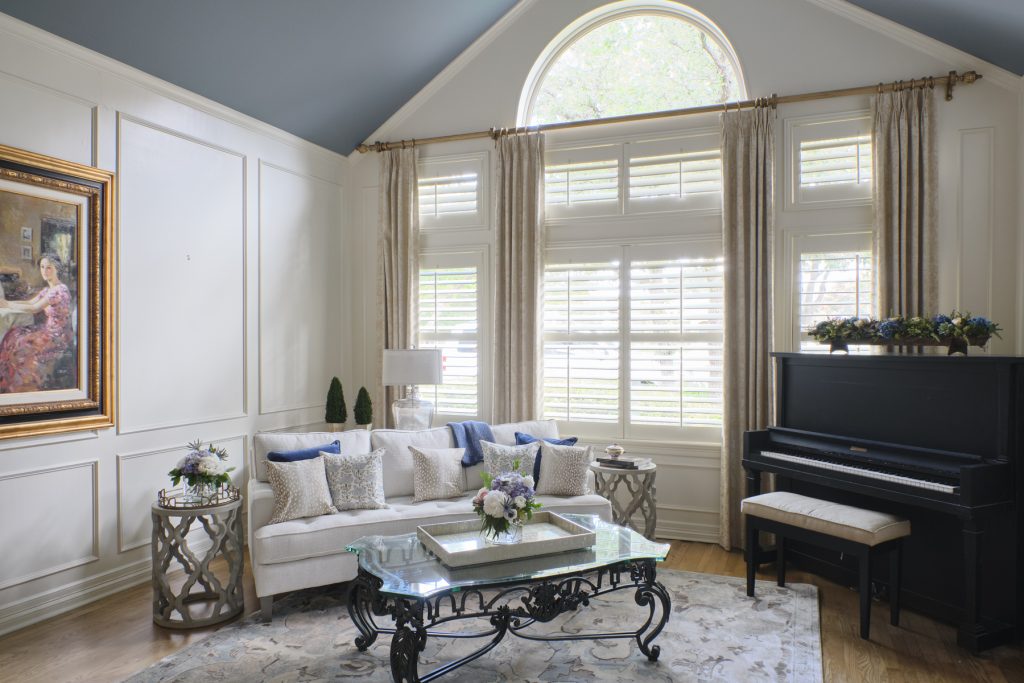
Still having second thoughts?
Start small and work your way up (or don’t).
Start with two metal tones in your space if you’re a beginner–This is plenty!
If you’ve got a bathroom space, try to pair chrome and brass. For example, use chrome hardware for the cabinet pulls and sconces and then add in a brass faucet.
Then, layer accessories in the same metallic shades.
Chrome shower curtain rings.
Or metallic mirrors that complement.
If you’re worried…
Which styles or trends will dish out in a few years, don’t stress! Changing out cabinet hardware is a pretty simple DIY job. Now, if you’re changing out lighting fixtures, that’s a different story and you may need a pro.
Also, you could always go commando. Some contemporary spaces forgo pulls and knobs all together! Ahah!
Which design dilemmas are on your mind?
EMAIL ME TO BOOK A CALL TIME! ✆
-
Find me at courtneywarren.com
-
on Instagram @courtneywarren
-
In the meantime, catch other great design tips on my YouTube channel, Real Life Design with Courtney Warren!